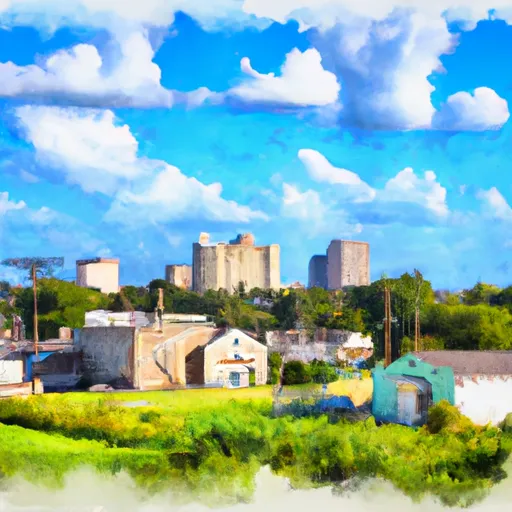°F
°F
mph
Windspeed
%
Humidity











Vacherie, Louisiana is a small community located in St. James Parish. Situated along the Mississippi River, Vacherie experiences a humid subtropical climate, characterized by hot and humid summers, mild winters, and abundant rainfall throughout the year. Summers often see temperatures exceeding 90 degrees Fahrenheit, while winters typically range from 40 to 60 degrees Fahrenheit.
When it comes to hydrology constituents, Vacherie benefits from its proximity to the Mississippi River. The river provides opportunities for boating, fishing, and other water-based activities. Additionally, Vacherie is home to several bayous and swamps, which offer unique ecosystems and wildlife viewing opportunities.
Outdoor enthusiasts in Vacherie can explore the nearby plantation homes, such as Oak Alley and Laura Plantation, which provide historical and cultural insights. The area boasts numerous wildlife management areas and state parks, including the St. James State Wildlife Refuge and St. John the Baptist Parish Park, where visitors can enjoy hiking, birdwatching, and picnicking.
In conclusion, Vacherie, Louisiana offers a warm and humid climate, abundant water resources, and a variety of outdoor activities for visitors and residents alike.
Weather Forecast
Vacherie receives approximately 1602mm of rain per year, with humidity levels near 87% and air temperatures averaging around 21°C. Vacherie has a plant hardyness factor of 9, meaning plants and agriculture in this region tend to thrive here all year round.
Regional Streamflow Levels
70
Cubic Feet Per Second
146
Cubic Feet Per Second
866
Cubic Feet Per Second
3
Cubic Feet Per Second
Nearby Camping
| Camping Area | Reservations | Toilets | Showers |
|---|---|---|---|
| South Recreation Composite | |||
| Deer Leap | |||
| St. Peters 370 Lakeside Park | |||
| North Rec Composite | |||
| Tickfaw State Park | |||
| Rocky Springs - Natchez Trace Pkwy |



